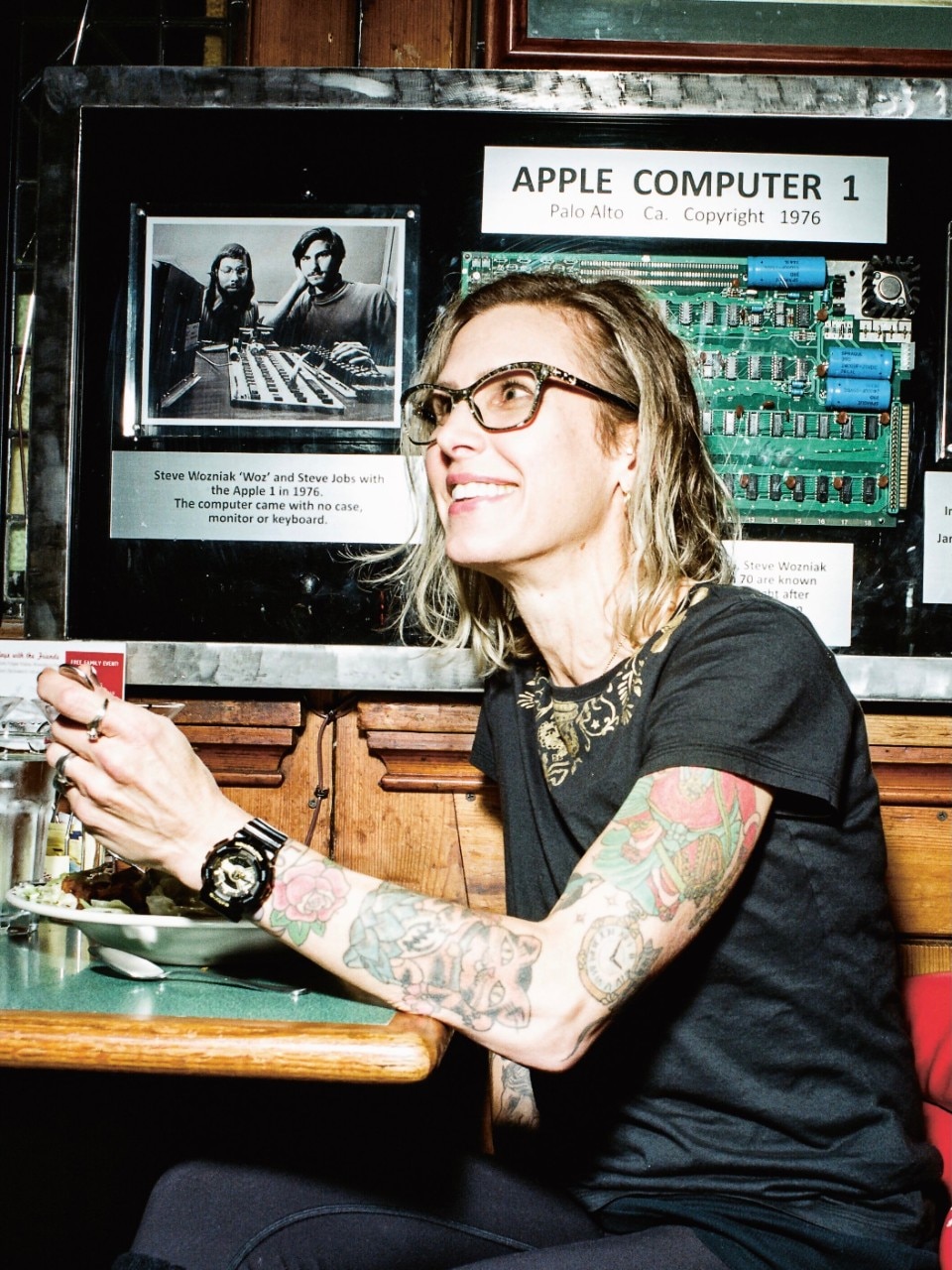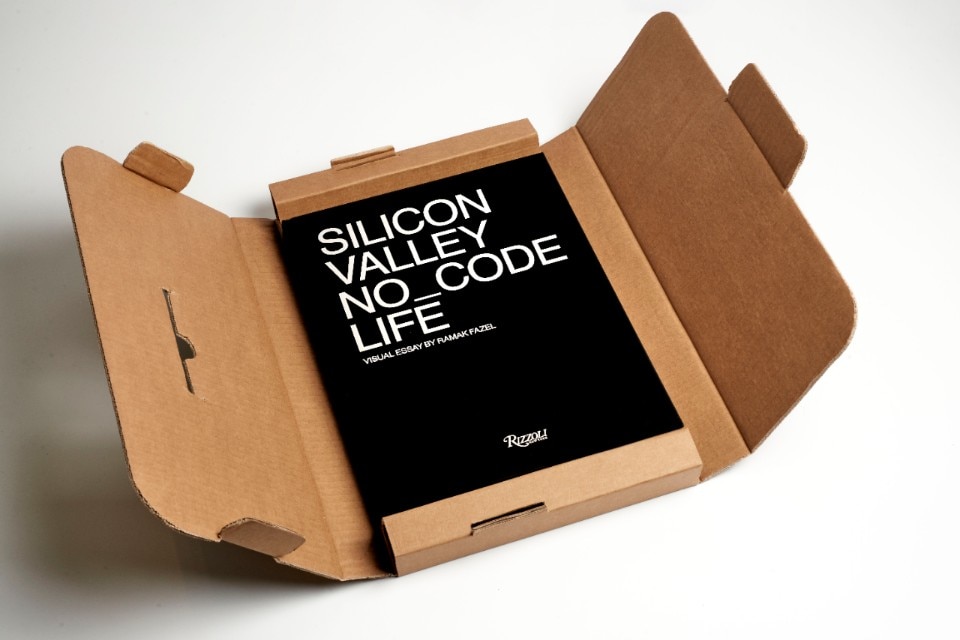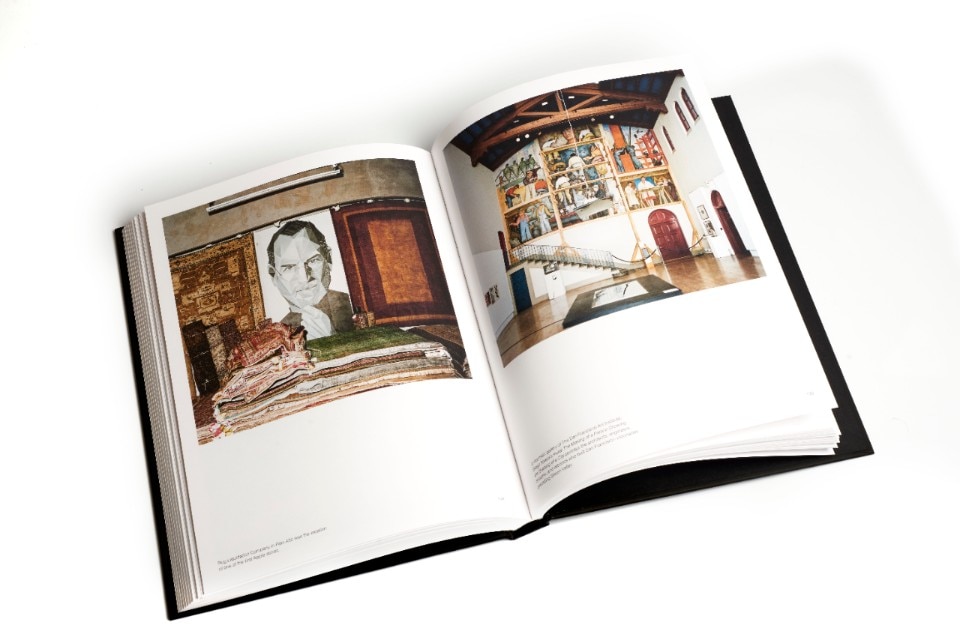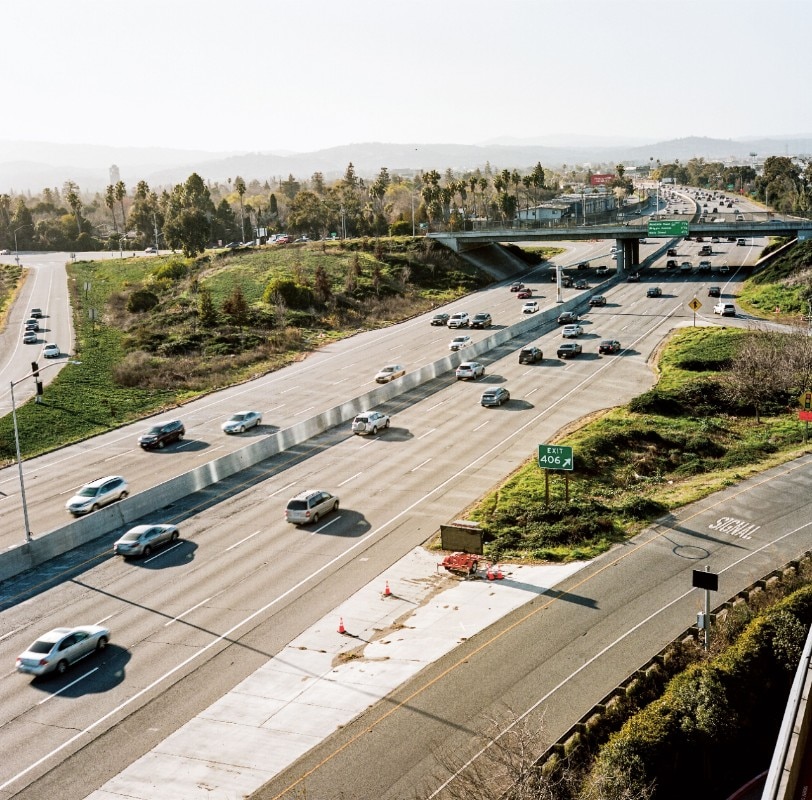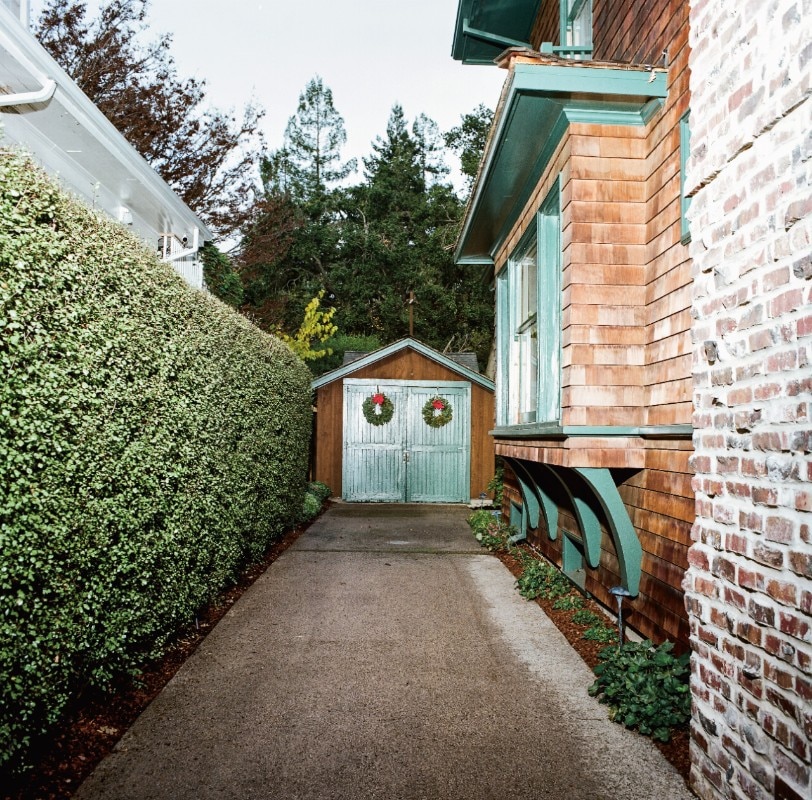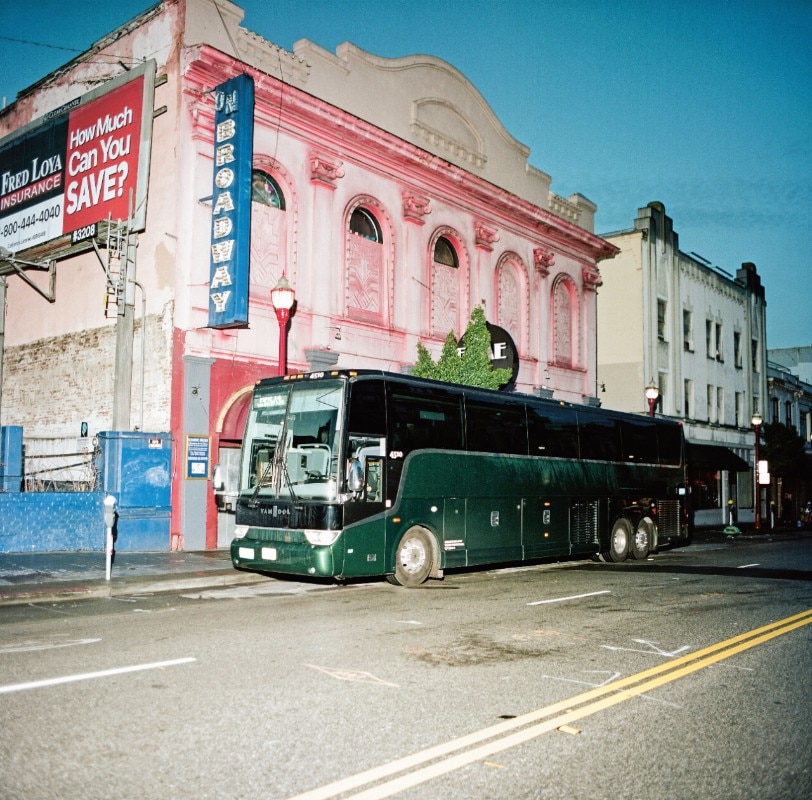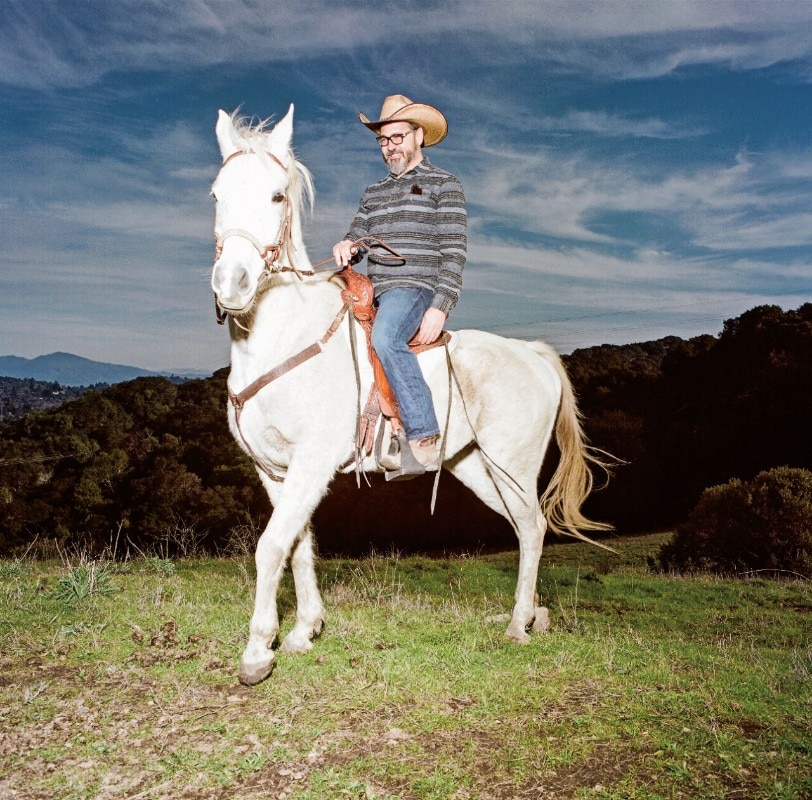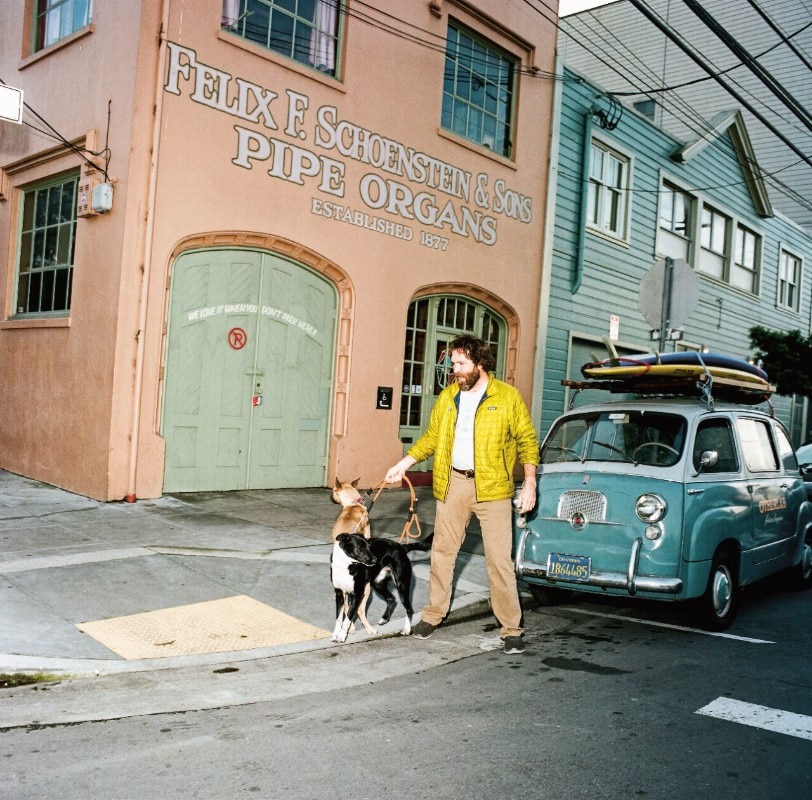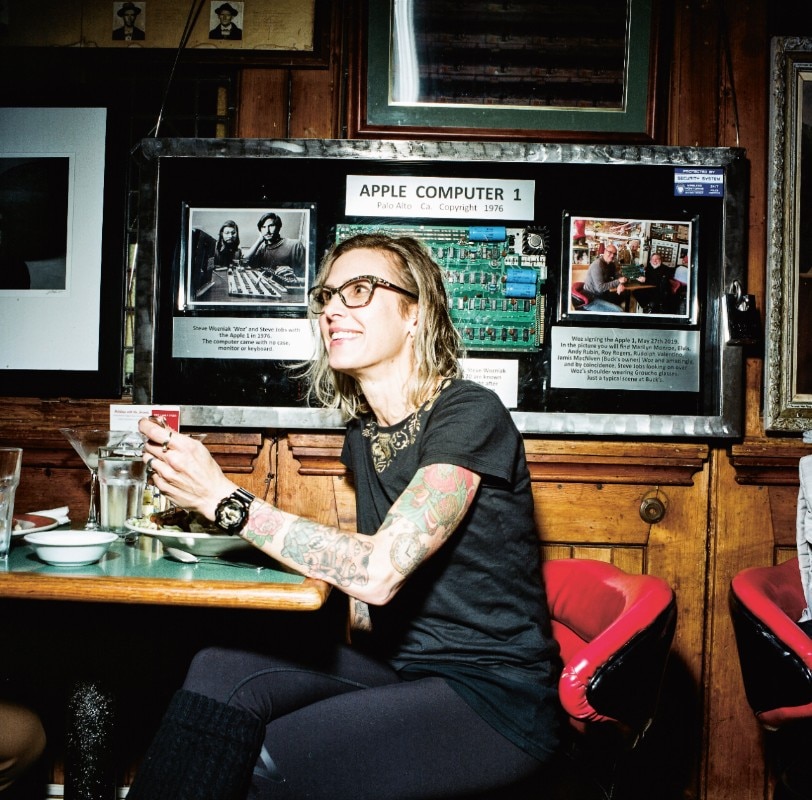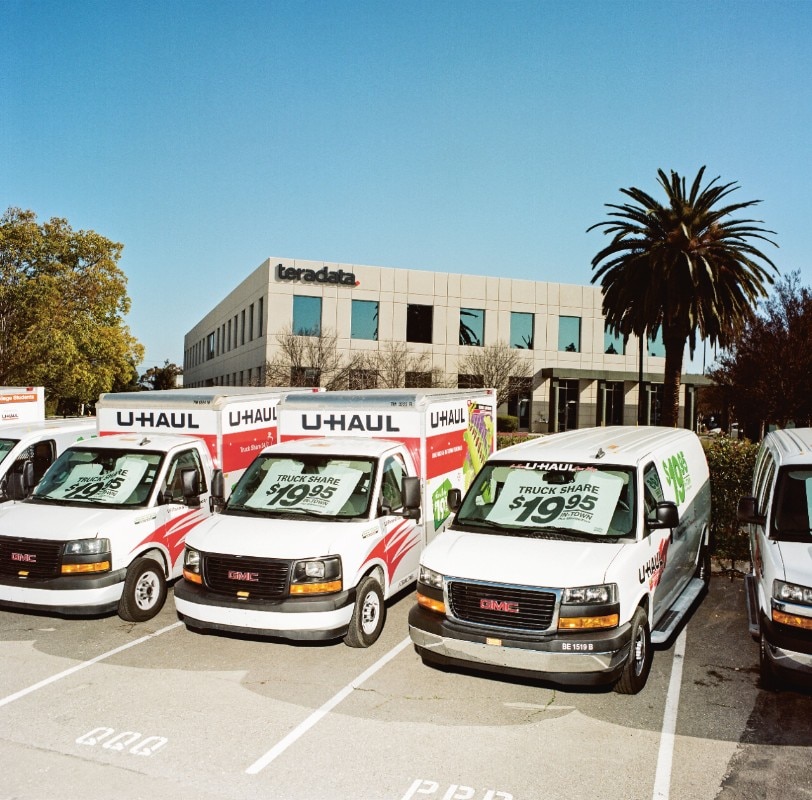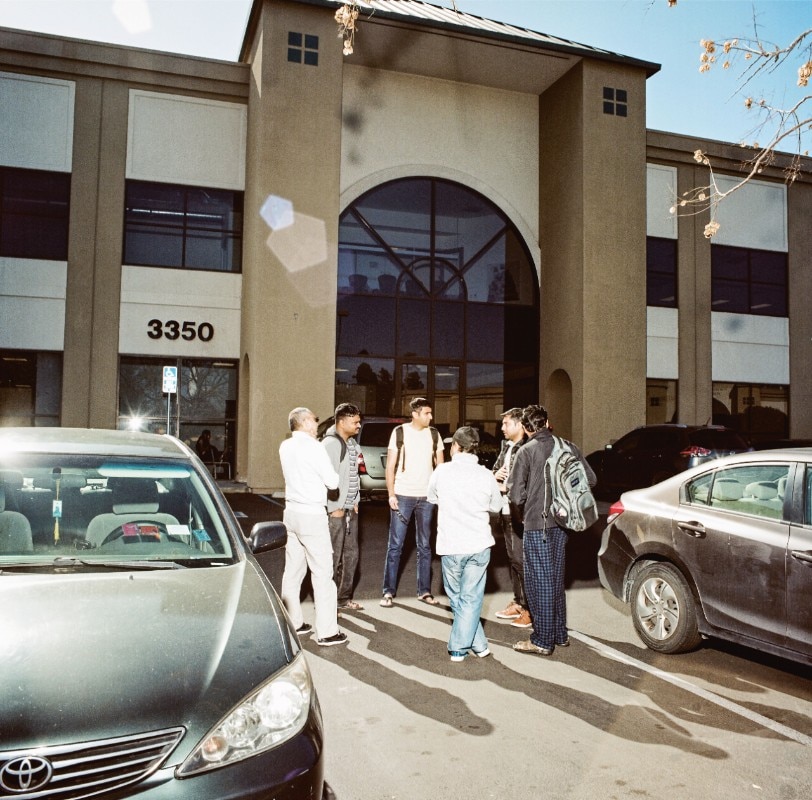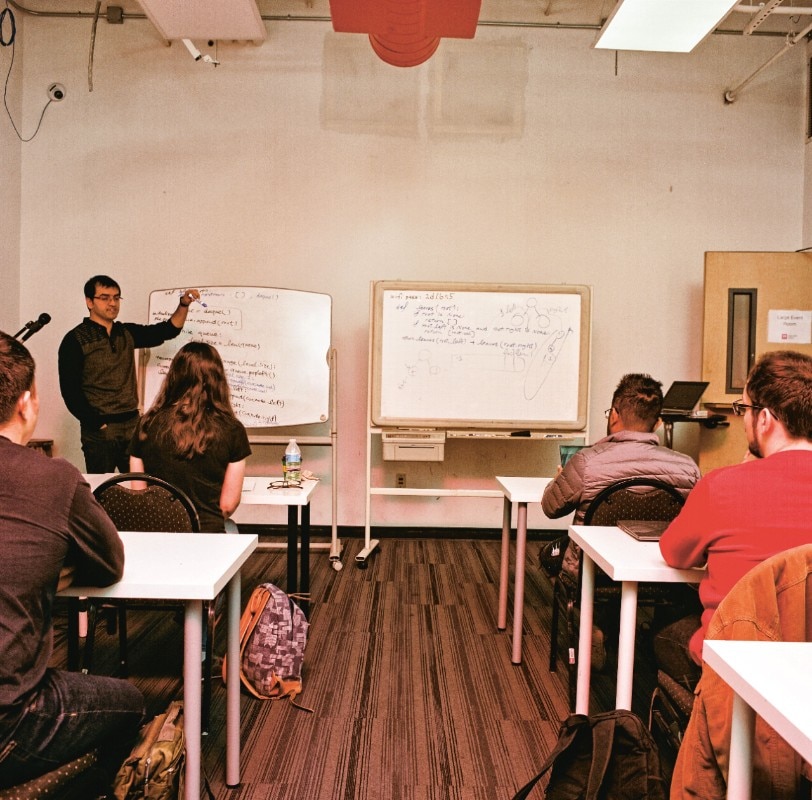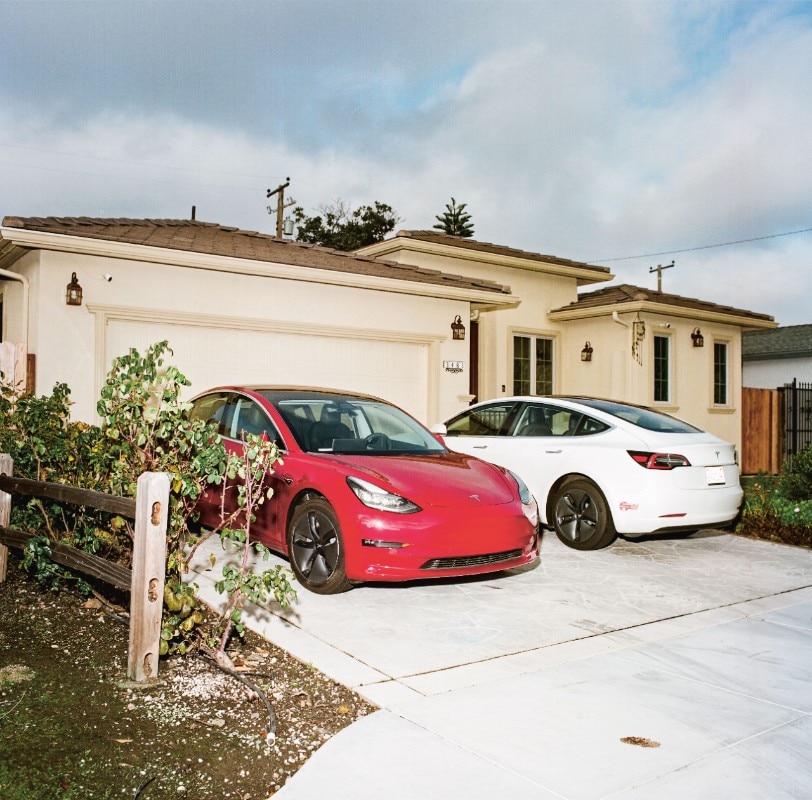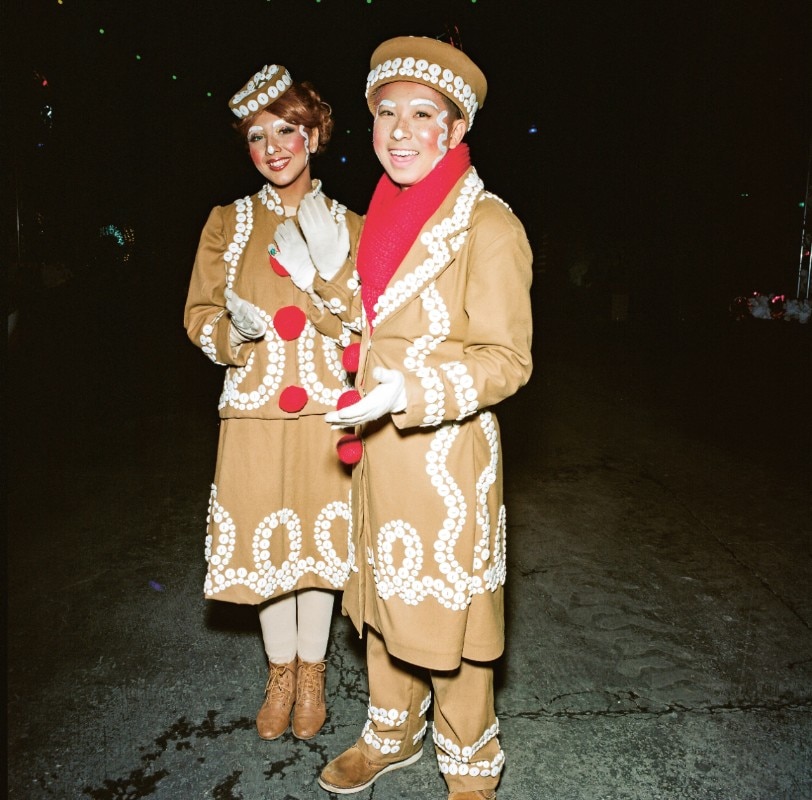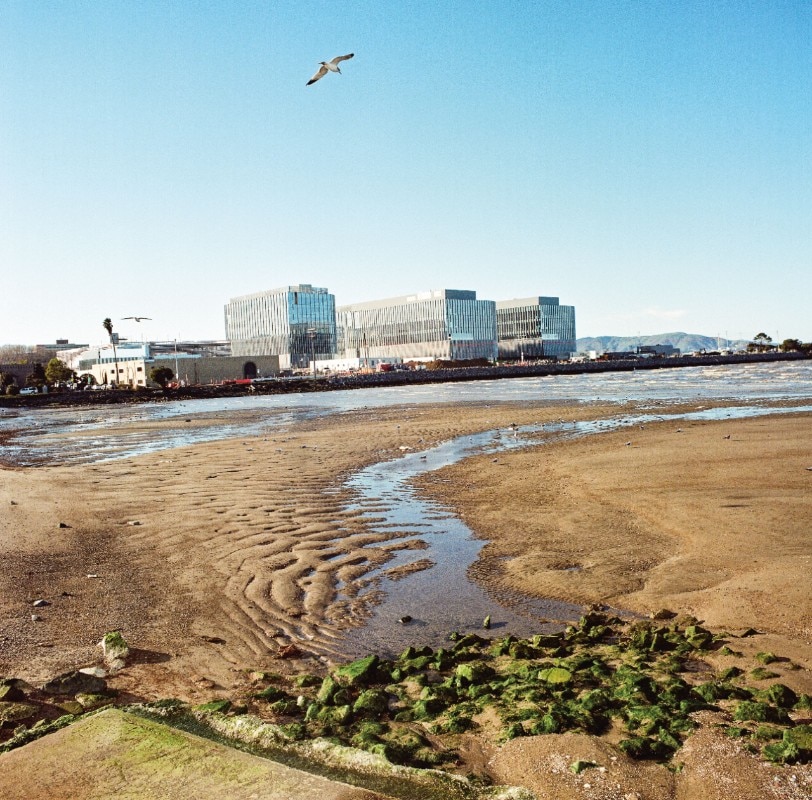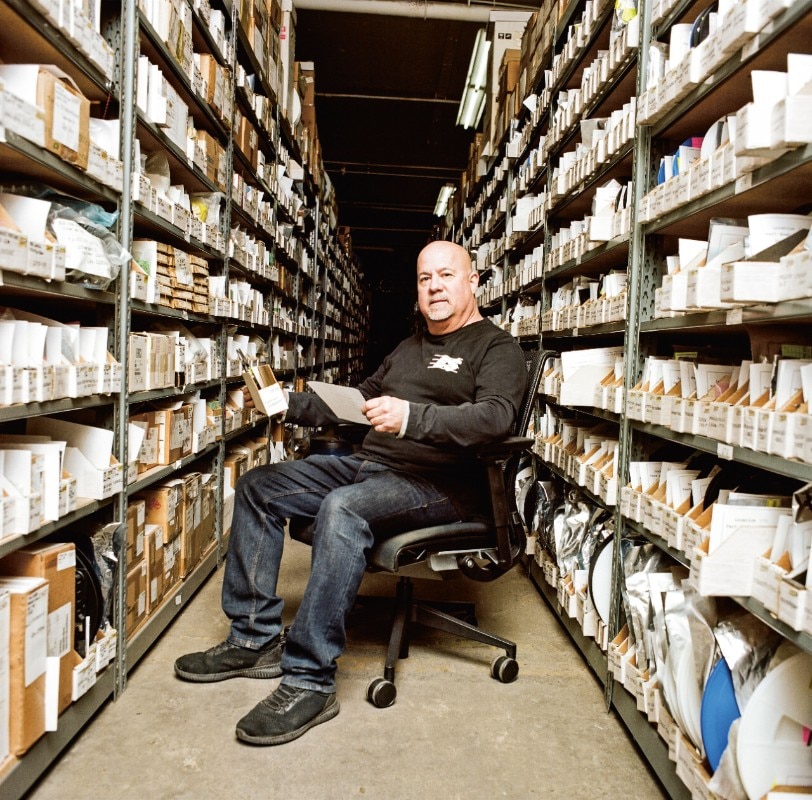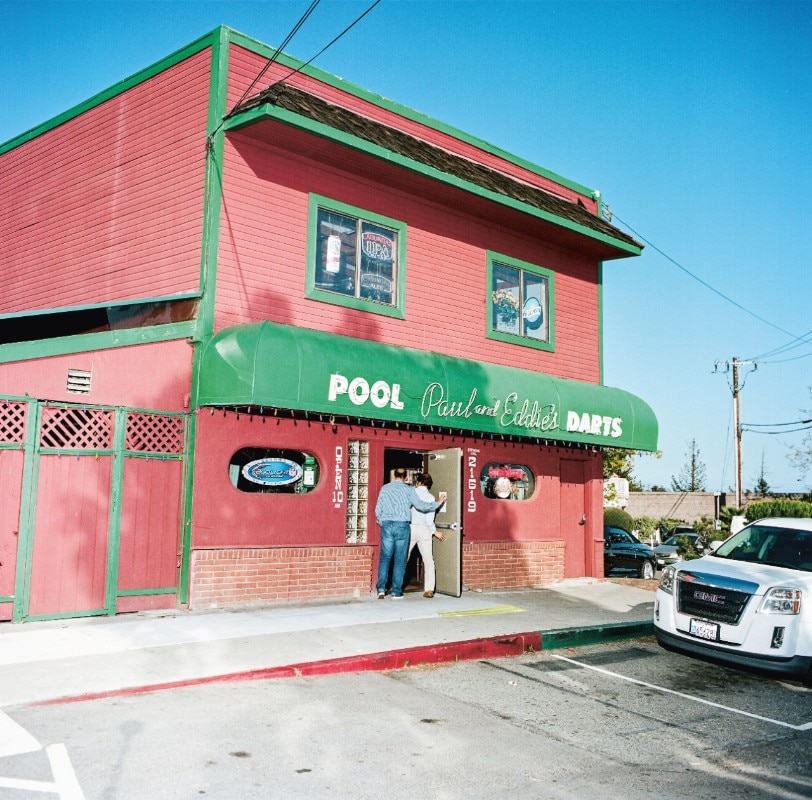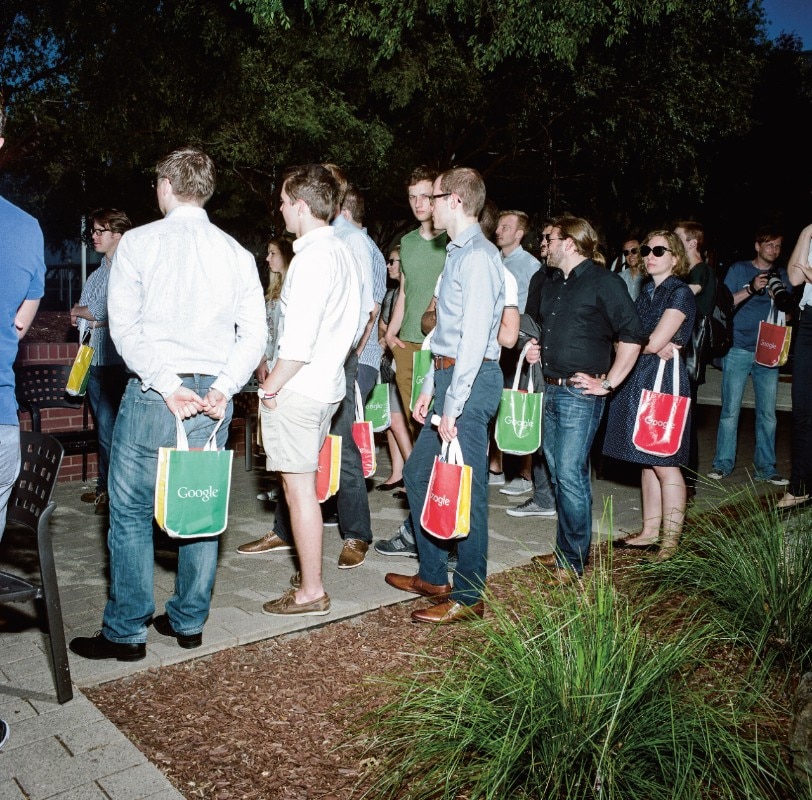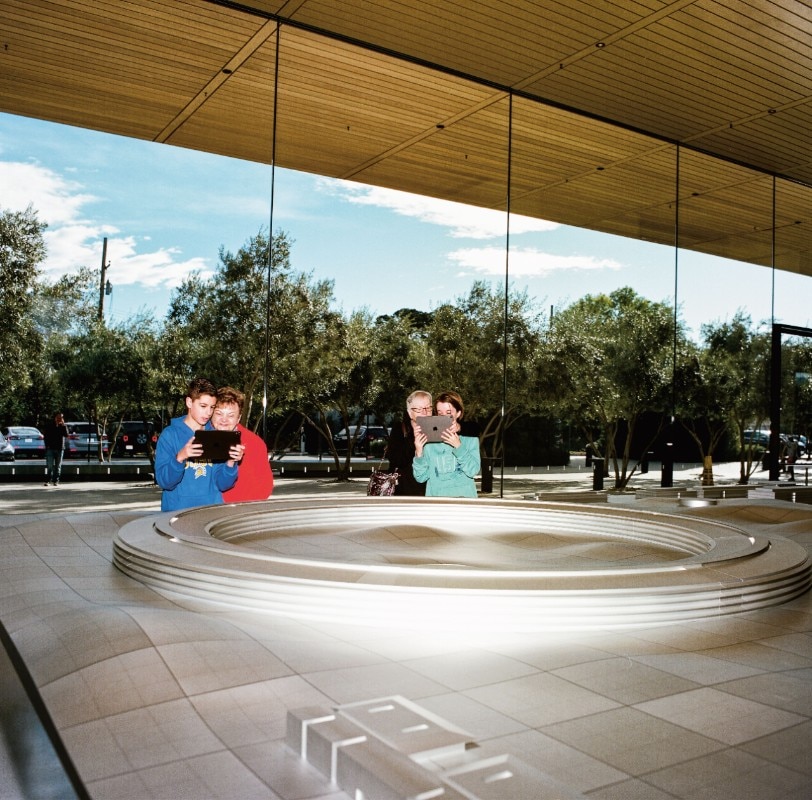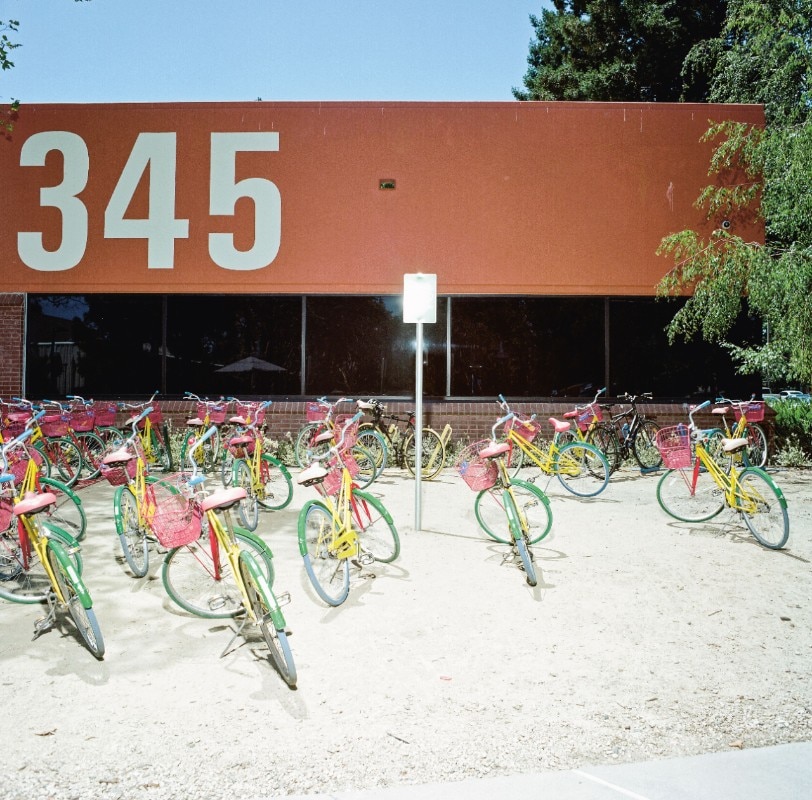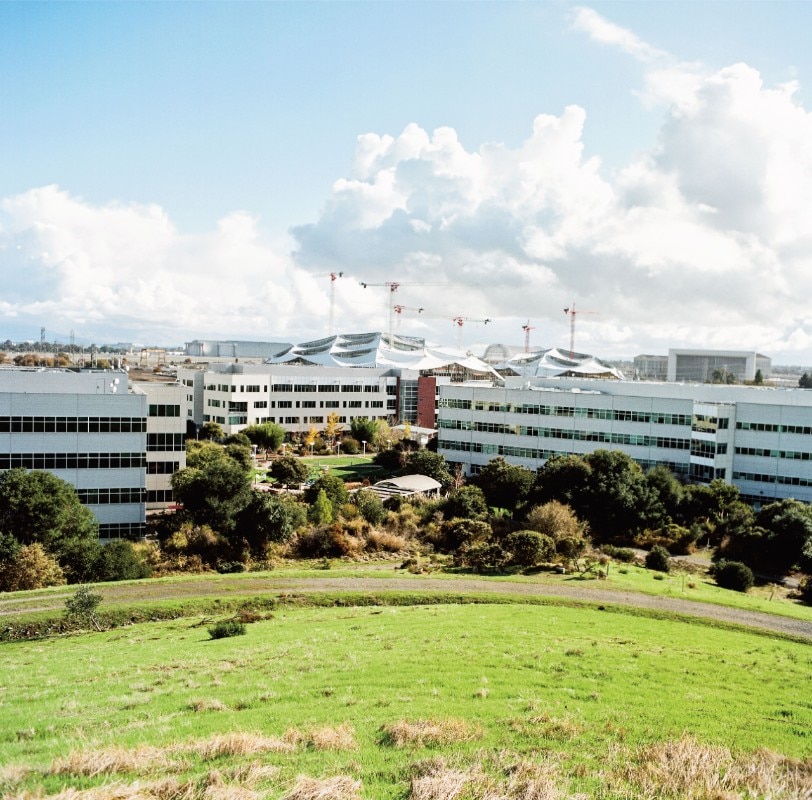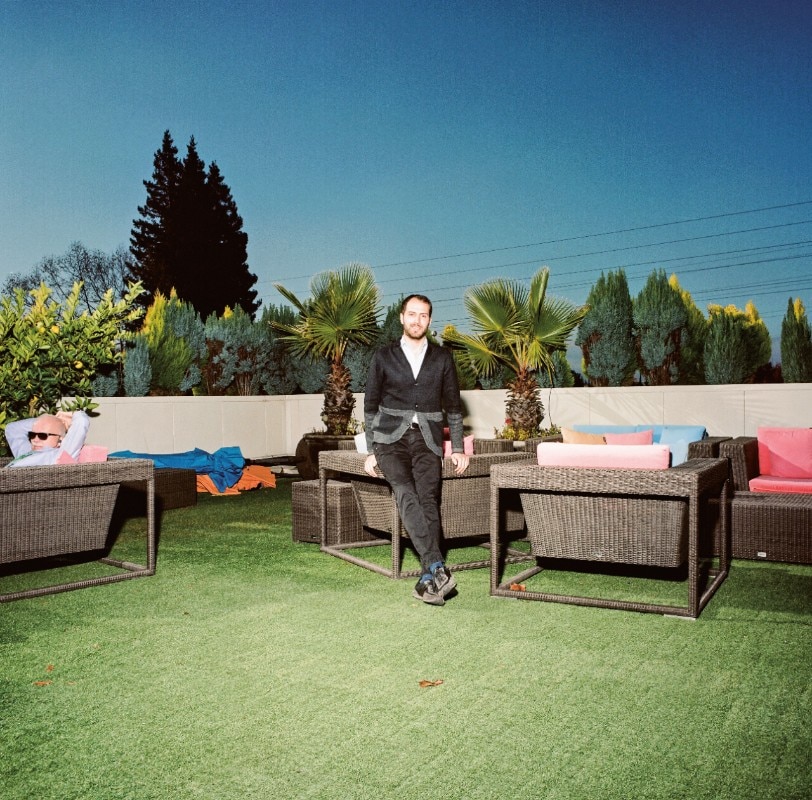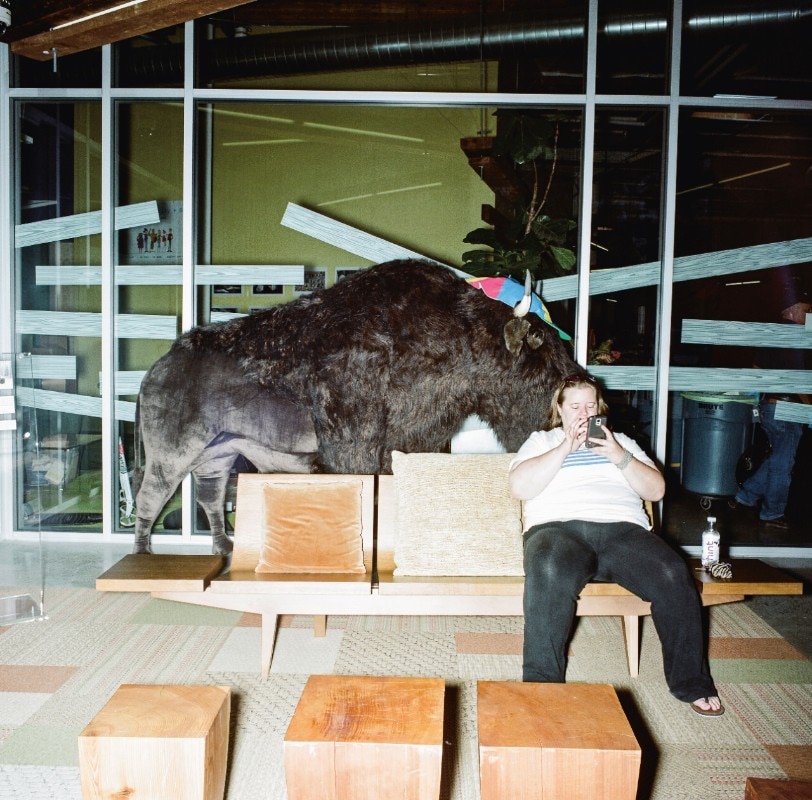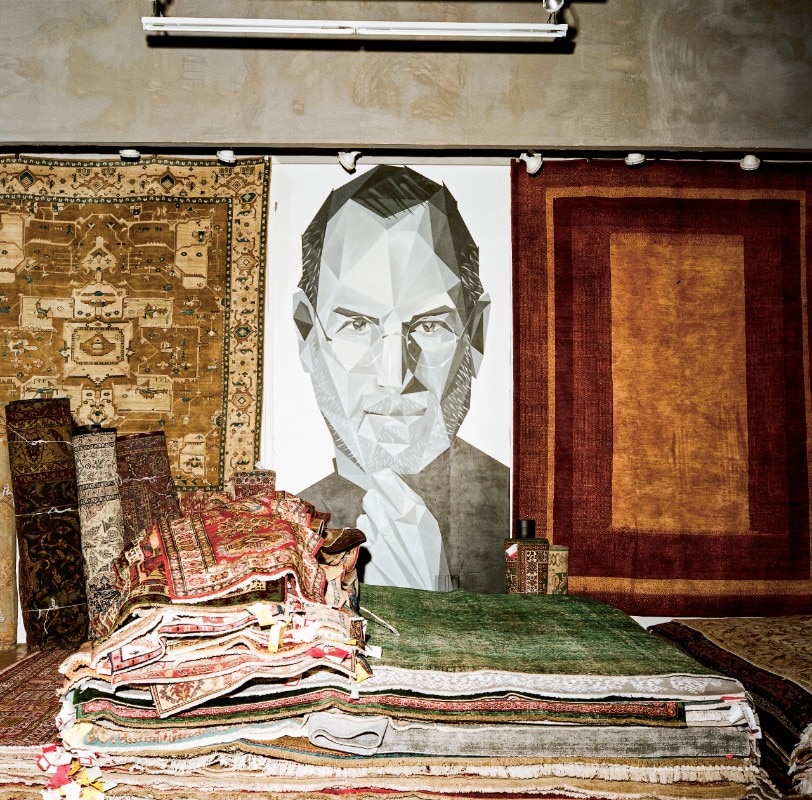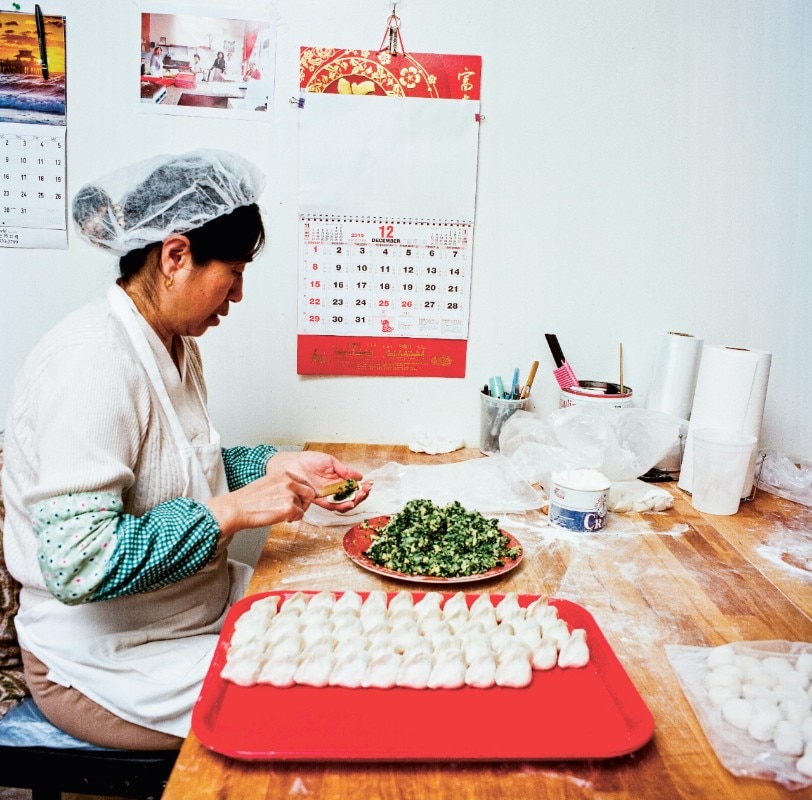A slice of working life and not in Silicon Valley. We are in California, in the southern part of the San Francisco Bay Area. Home to 7.6 million people, this region is a symbol of the myths and hopes of the millennium. The photographer Ramak Fazel has impeccably immortalised it. The project entitled Real Life in Silicon Valley, desired and supported by Tod’s Italia as part of the Tod’s No_Code project, headed by Michele Lupi, was born at the end of December 2019, just before the pandemic started. The study investigates the everyday life of this quivering corner of the world, and more broadly the changes in society we are living in today. Moreover, it has become a volume for Rizzoli International, which has just arrived on the market.
Silicon Valley is a non-place. There are no road signs pointing to it and it is not marked on maps: this means that, from a purely geographical point of view, "the Silicon" does not exist.
The tour of the “valley of hope”, where the American dream teaches teenagers (and not only) that everything is (perhaps) still possible in America, is structured in several stages. From the images of the garage at 367 Addison Avenue in Palo Alto where, in 1939, two Stanford’s students, Bill Hewlett and David Packard (HP) created one of the largest future multinationals in the IT sector (hardware and software, the Hewlett Packard company); to an auspicious stop at the almost 10-metre-high monument dedicated to the Virgin Mary, the Our Lady of Silicon Valley Shrine in Santa Clara, the headquarter town of the giant of the first anti-virus software McAfee, founded in 1987.
Silicon Valley is not a place: “Silicon Valley is a non-place. There are no road signs pointing to it and it is not marked on maps: this means that, from a purely geographical point of view, “the Silicon (in jargon) does not exist”, as Michele Lupi and Sarah Thornton’s volume with texts states. “Today, Silicon Valley is a very controversial place, at the centre of many debates even in America. It has its pros and cons, as in all things, and we have tried to dig a little deeper than the official narrative of an ultra-technological place”, Lupi underlines. In the introduction, he also adds: “it is thought that Silicon Valley is a place where everything is mechanised and the colours of the sun are reflected on the aluminium facades. A world populated by self-driving cars whose horizon is dominated by labs that seem inspired by science fiction. The reality is brutally different”.
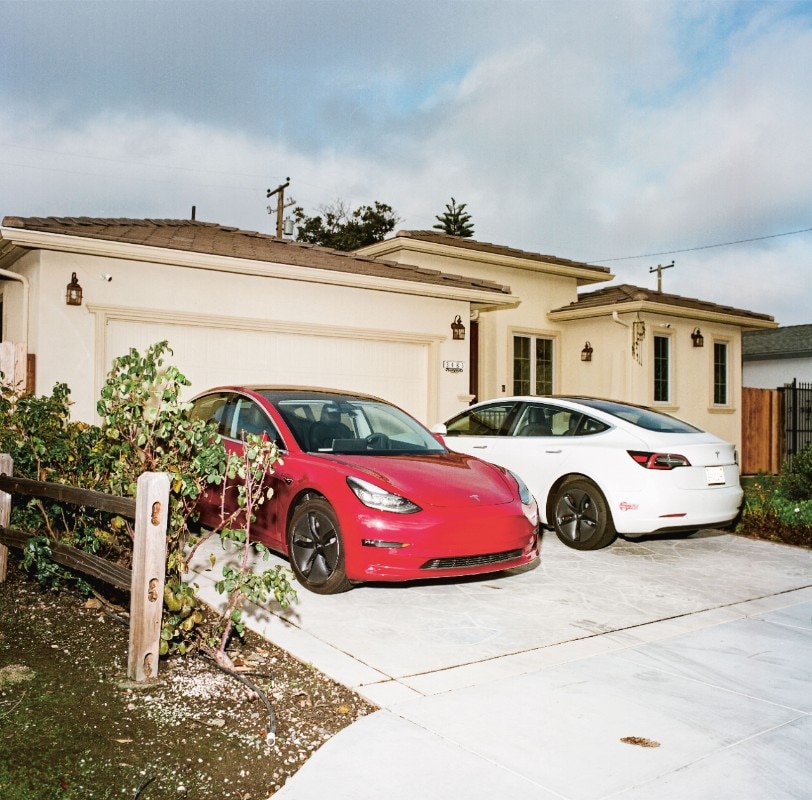
Fazel’s reportage unfolds as a sort of sacred pilgrimage to the “spiritual home of Big Tech”, dealing with those hotspots defined as birth-places in Silicon Valley. These include Steve Jobs’ house at 2066 Christ Drive in Los Altos, where he created the first Macintosh in 1976 with Steve Wozniak; Yahoo’s global headquarters in Sunnyvale (701, First Avenue); but also, Paul and Eddy's Monte Vista Inn bar in Cupertino, where computer engineers meet after work to play pool; and even Palo Alto’s indestructible boules club. Fazel’s is a lens ready to capture the lyrical, narrative and most unusual moments of everyday life in order to portray a reality that goes beyond the stereotype of the nerd or not, and that through customs and rituals represents the hopes and dreams of those who today are in search of tomorrow. From CEO to interns. “In 2014, I have started collaborating with SFAI, the San Francisco Art Institute, as a visiting lecturer and since then I have noticed the precarious conditions of students in Silicon Valley –some of them even forced to sleep in their cars. Visiting those places again brought back those old memories. For this project, we created a lot of material and a large selection of photos, many of them taken randomly, almost stolen. We questioned the territory and its people, and only afterwards we defined our visual narrative”, the photographer tells Domus.
In the photos arose from the film of Ramak Fazel’s Rolleyflex (interesting to use a tool from the 1960s to portray one of the most advanced places in the world) we notice the insistent use of artificial light that has allowed him to consistently restore his analogue visual vocabulary. “These images must be considered intentionally false; each aesthetic priority has followed a formal framework decided a priori”, adds the photographer who has lived in Iran, Italy and the United States. Inevitably, there is an Italian presence in the shots showing Enrico Dente, an engineer from Turin who is now a consultant and innovation expert for Plug and Play in Sunnyvale, and the creative director of Apple Media Products, David Moretti, riding Slate, his white horse. As a hero riding fast into the future in one of those old-fashioned films: “Silicon Valley is like Hollywood: a myth and a business”, Sarah Thornton comments. However, there are also those who say that Silicon Valley could evolve from a physical place to a mere state-of-mind. Perhaps it has already happened.


